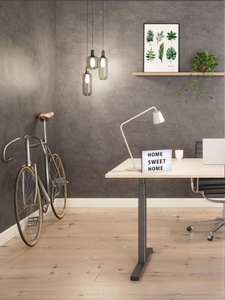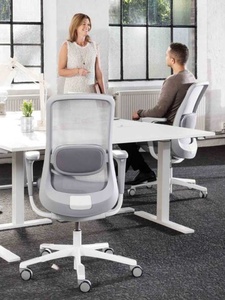When the normal curvature of the spine is lost, resulting in a lateral bending or curvature of the spine, the condition is best connoted as scoliosis of the spine. When viewed from the back a typical scoliosis of the spine will look curved rather than straight.
On the contrary when viewed from the side scoliosis will present a gentle hump in the region of the upper back while it would seem to be inwardly curved in the lower back.
SCOLIOSIS CLASSIFIED
Scoliosis is best classified based on the cause and may be congenital when there is a bone abnormality which is present since birth. On the contrary in instances when the abnormality is limited to the muscles and the nerves as in cerebral palsy the condition is better known as neuromuscular scoliosis.
Alternatively scoliosis of the spine could be due to trauma or collapse of the bones of the spine and is then better known as degenerative scoliosis. If statistics are any index the commonest type of scoliosis is arguably Idiopathic as the cause is not known. Past data indicates that Idiopathic scoliosis of the spine is usually inherited.
FREQUENCY AND SPREAD
Scoliosis of the spine is more common than one would believe considering that 2-3% of Americans have Scoliosis by the time they turn 16. The deformity continues to increase in magnitude during the growing years and stabilizes by adulthood. There continues to be a gender bias considering that girls are more prone as compared to boys.
SCOLIOSIS AND CHILDREN
Scoliosis in children is more complex as compared to adults. The management protocol would need to be customised for every child depending on the age of the chid, amount of time left for the development of the spine to be completed or fusion of the bones and finally the degree of deformity sustained at any point of time.
This is critical considering that scoliosis in children would later result in lung and heart dysfunction which should be minimised.
TREATING SCOLIOSIS IN CHILDREN
Statistics indicate that over 90 percent of scoliosis in children usually correct and resolve as the spine grows and will only need observation and close monitoring. In case the child develops a severe spinal deformity then it may need to be corrected by adopting specific exercise regimes, provision of braces or even surgery.
If the spinal deformity is forty five degrees or more surgery is the preferred option. Conversely if the deformity is less than forty five then adopting an exercise regime or provision of braces would suffice.
SCOLIOSIS SURGERY
This is arguably one of the most complex surgeries in orthopaedics and is invariably considered as the last resort. The primary indication for surgery is cases where the spinal deformity is more than fifty degrees and continues to get worse.
The primary objective is to arrest or stop the deformity from getting worse and concurrently also minimizes the existing deformity. The deformity is corrected by introducing screws and plates and vertebrae may be surgically fused.
ERGONOMIC OPTIONS
If you are wondering as to what is the best chair for scoliosis, then you are in all probability seeking a specialized scoliosis orthopaedic chair. The backrest should be custom made to match and support the shape of the individual’s unique spine shape. This takes the pressure off the spinal discs and reduces strain of back muscles and degeneration of the discs.
The primary indication for using the chair is having a Cobb angle of more than 30 degrees.
It works on the concept of de–rotating and decompressing the spine and concurrently applies lateral traction to the spine. Experts are of the opinion that the chairs helps minimize the Cobb angle and also stabilizes the spine thus ensuring a pain free back.















